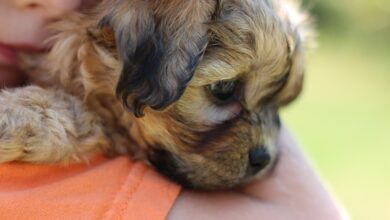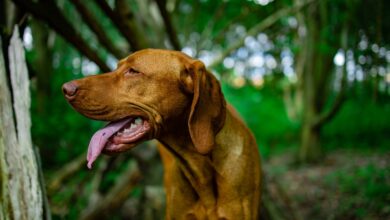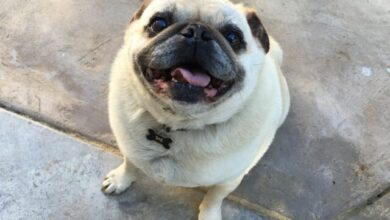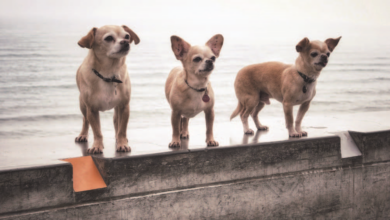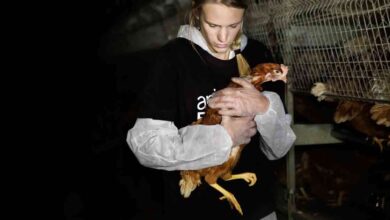11 Dog Breeds With Expensive Health Care Costs
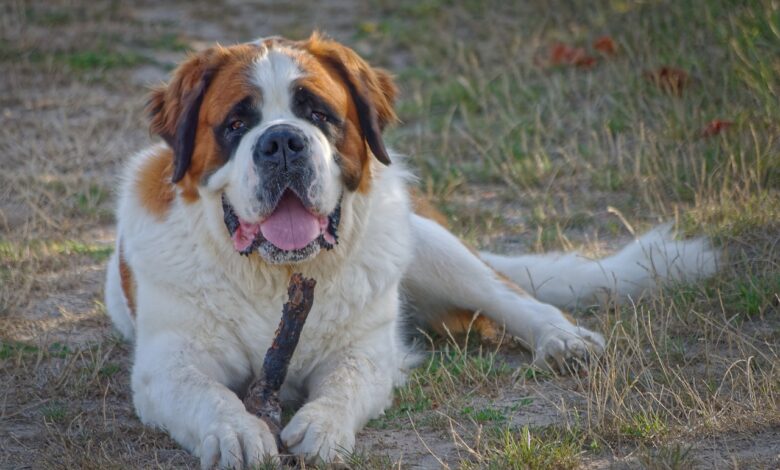
When choosing a dog, prospective owners often consider factors such as temperament, size, and exercise needs. However, one important aspect that is sometimes overlooked is the likelihood of high veterinary bills. Certain dog breeds are prone to certain health problems that can lead to expensive treatments, surgeries, and ongoing care. These costs can add up quickly and can be a significant factor in the overall cost of owning a dog. In this article, we will explore 11 dog breeds that are known to have high health care bills, explain why they are prone to certain conditions, and what potential owners should be aware of.
11. Bernese Mountain Dog
The Bernese Mountain Dog is a large, gentle dog known for its calm temperament and loyalty. However, the breed is prone to a number of health problems that can lead to high veterinary costs. The Bernese Mountain Dog has a relatively short lifespan, averaging around 7 to 10 years, and is particularly susceptible to cancers such as histiocytoma, which can be expensive to treat. They are also prone to hip and elbow dysplasia, conditions that can require expensive surgery or long-term treatment with medication and physical therapy. Their large size also puts them at risk for bloat, a life-threatening condition that requires emergency surgery. This combination of health problems makes the Bernese Mountain Dog one of the breeds with potentially expensive health care bills.
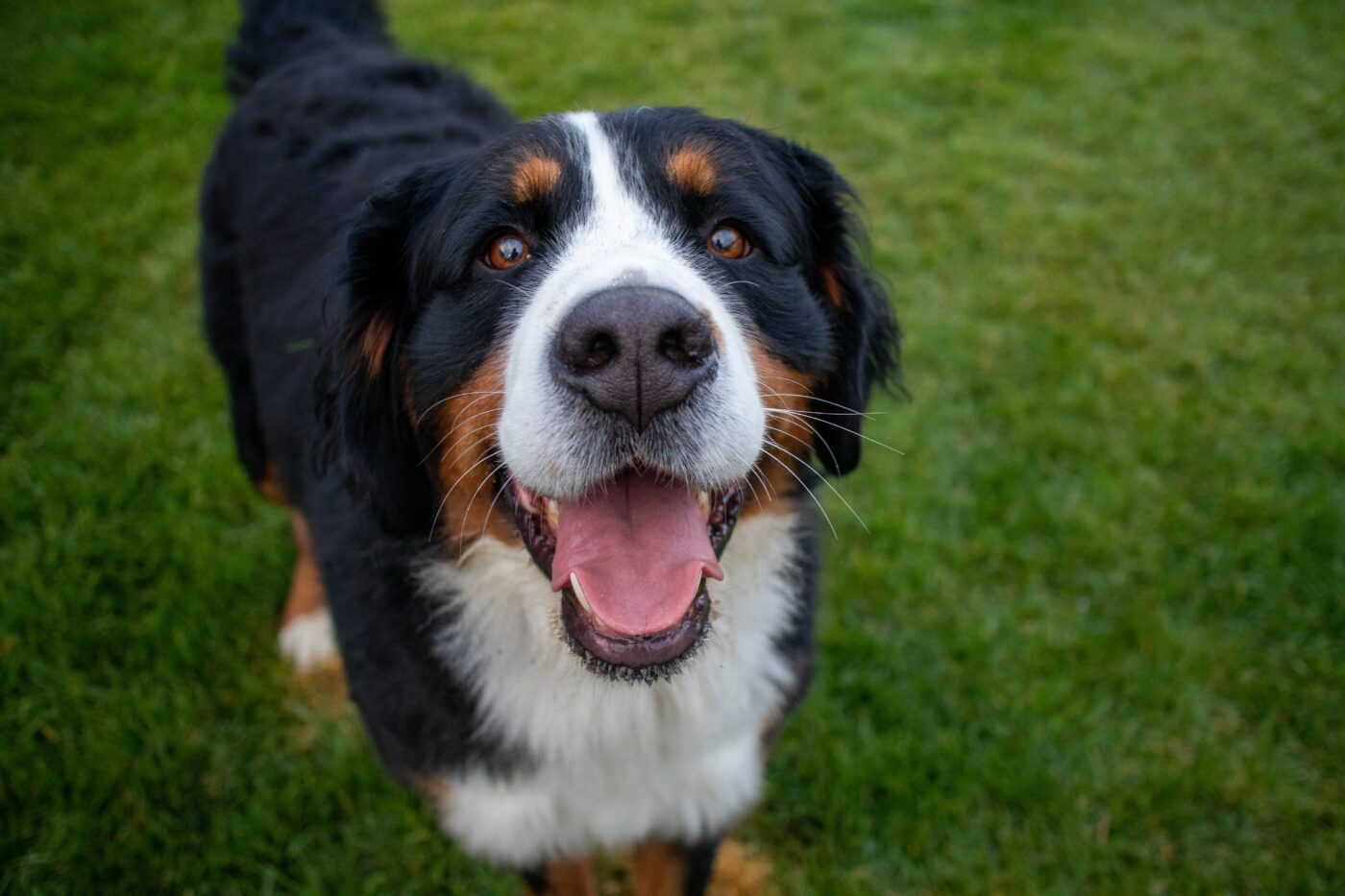
10. English Bulldog
The English Bulldog is beloved for its distinctive appearance and gentle temperament, but it is also one of the breeds most prone to health problems. Bulldogs are prone to brachycephaly due to their short, flat faces, which can lead to breathing difficulties and may require surgery. They are also prone to skin problems, such as infections and dermatitis, due to their large folds of skin. Additionally, hip dysplasia and heart disease are common in the breed, leading to ongoing medical costs. The combination of these health problems, coupled with their relatively short lifespan of around eight to 10 years, means that owning an English Bulldog can be costly in terms of veterinary care.
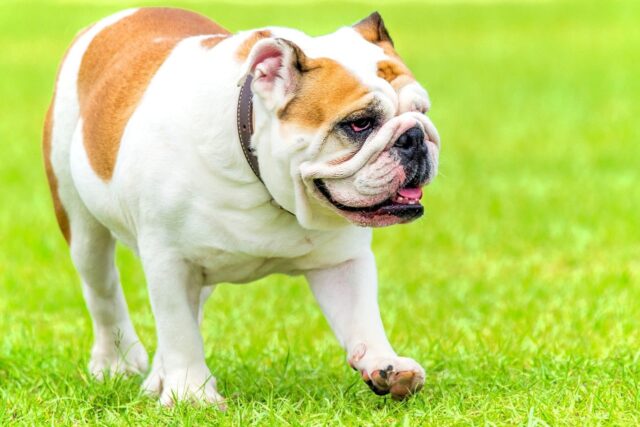
9. Great Dane
Great Danes are known for their impressive size and gentle nature, but with their large stature comes a higher risk of health problems that can lead to expensive veterinary bills. One of the most common and serious health problems for Great Danes is bloat, also known as gastric dilatation-volvulus (GDV), a condition that can be fatal if not treated promptly and often requires emergency surgery. Additionally, Great Danes are susceptible to hip dysplasia, cardiomyopathy, and osteosarcoma (bone cancer), all of which can lead to significant medical costs. Their short lifespan, averaging seven to 10 years, also means that Great Danes often need more frequent veterinary care as they age.
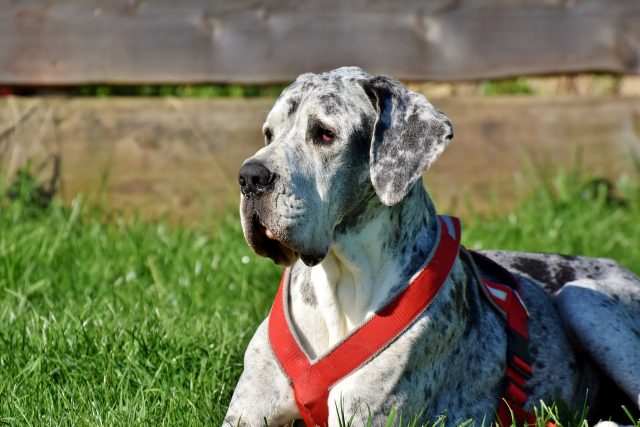
8. Boxer
Boxers are a popular breed known for their playful and active nature, but they are also prone to a variety of health problems that can lead to high veterinary costs. Boxers are particularly susceptible to a variety of cancers, including mast cell tumors and lymphomas, which often require expensive treatments such as surgery, chemotherapy, and radiation. They are also susceptible to heart conditions, such as aortic stenosis and cardiomyopathy, which may require ongoing treatment and monitoring. Additionally, Boxers are at risk for hip dysplasia and degenerative myelopathy, a progressive disease that affects the spinal cord. This combination of health problems makes Boxers a breed with potentially expensive health care bills.
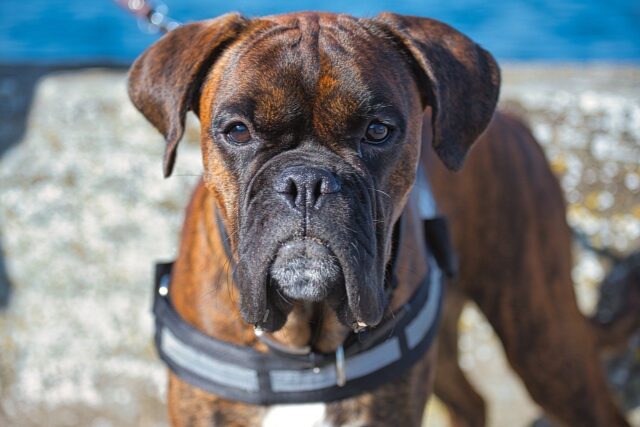
7. Cavalier King Charles Spaniel
The Cavalier King Charles Spaniel is a small, affectionate dog breed known for its friendly nature, but it is also prone to a number of serious health problems that can lead to high veterinary costs. One of the most common and worrisome conditions in the breed is mitral valve disease, a heart condition that can lead to heart failure and requires constant treatment and monitoring. Additionally, Cavaliers are prone to syringomyelia, a painful condition in which fluid-filled cavities develop inside the spinal cord, often requiring costly diagnostics such as MRI scans and long-term pain management. Hip dysplasia, eye problems, and ear infections are also common in the breed, adding to potential medical costs.
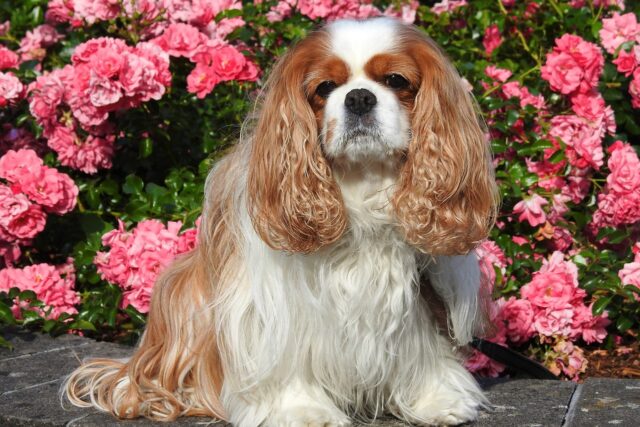
6. Rottweiler
Rottweilers are known for their strength, loyalty, and protective nature, but they are also prone to a number of health problems that can lead to significant veterinary bills. One of the most serious conditions affecting Rottweilers is osteosarcoma, a bone cancer that often requires amputation and chemotherapy, both of which are expensive treatments. Rottweilers are also at risk for hip and elbow dysplasia, which can lead to arthritis and mobility problems that often require surgery or long-term medication. Additionally, Rottweilers are prone to heart problems, such as aortic stenosis, and are at risk for bloat, a life-threatening condition that requires emergency surgery. These health problems make the Rottweiler a breed with potentially high medical costs.
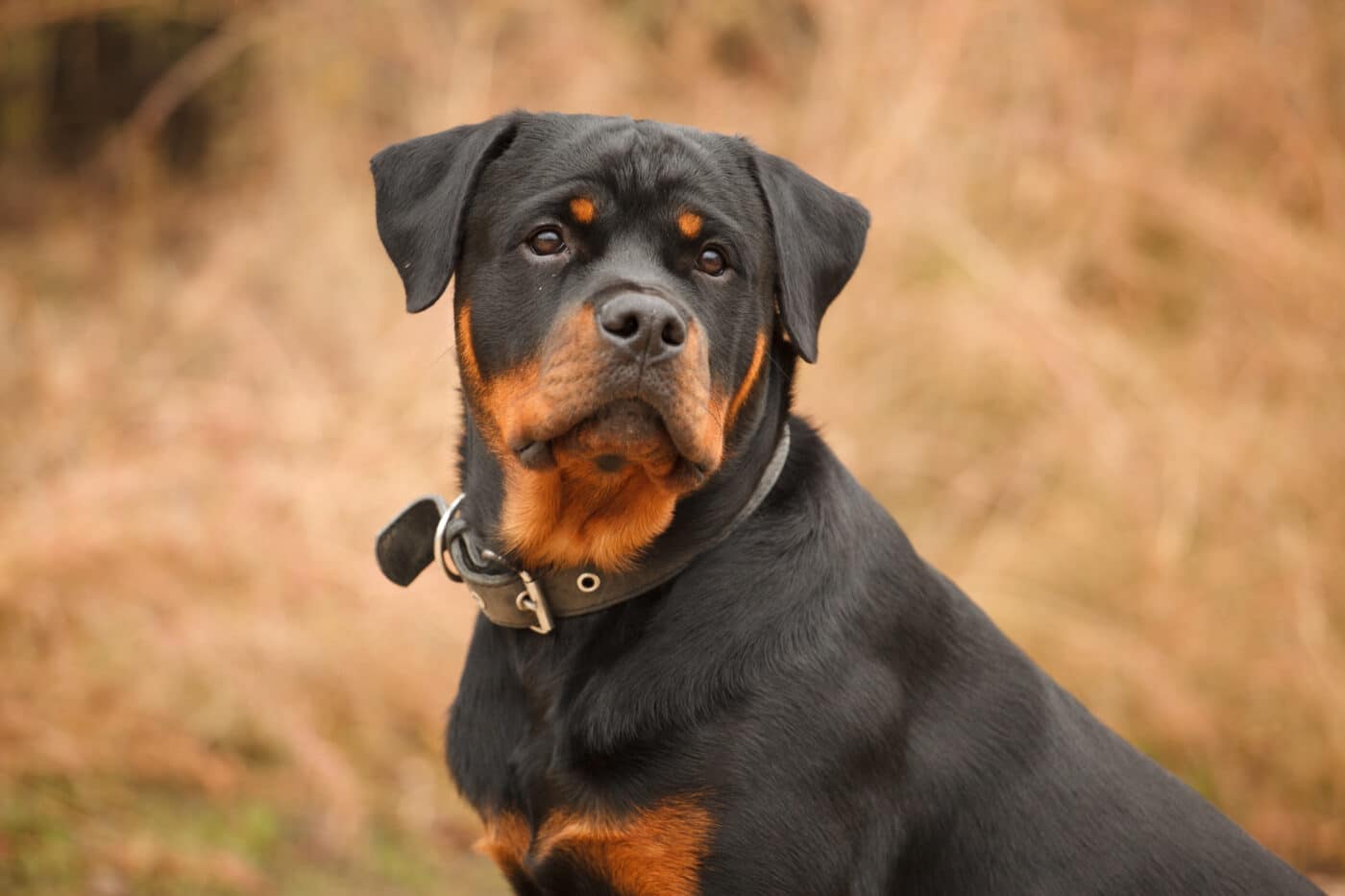
5. French Bulldog
The French Bulldog is a popular breed known for its compact size and charming personality, but they are also prone to a number of health problems that can lead to expensive veterinary bills. Like the English Bulldog, the French Bulldog has a brachycephalic head, meaning they have a short, flat face that can lead to breathing difficulties and may require surgery. They are also prone to spinal disorders, such as intervertebral disc disease (IVDD), which can require expensive surgery and ongoing care. Additionally, the French Bulldog is prone to skin allergies, ear infections, and hip dysplasia. Their unique structure, combined with these health problems, can lead to significant veterinary costs over the course of their lives.
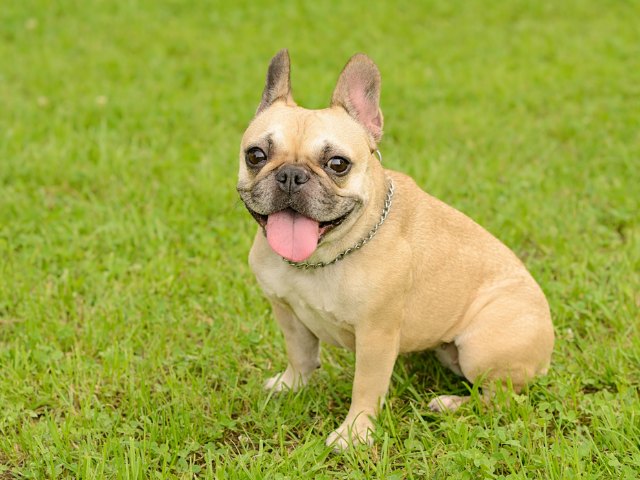
4. Newfoundland
Newfoundlands are large, gentle dogs known for their sweet temperaments and impressive swimming abilities, but they are also prone to a number of health problems that can lead to high veterinary costs. Due to their large size, Newfoundlands are at higher risk for hip and elbow dysplasia, conditions that often require surgery or long-term treatment with medication and physical therapy. They are also prone to heart conditions, such as subvalvular aortic stenosis (SAS), which can lead to heart failure and require ongoing treatment. Additionally, Newfoundlands are at risk for bloat, a life-threatening condition that requires emergency surgery. The combination of these health problems, combined with their large size, makes the Newfoundland a costly breed to care for.
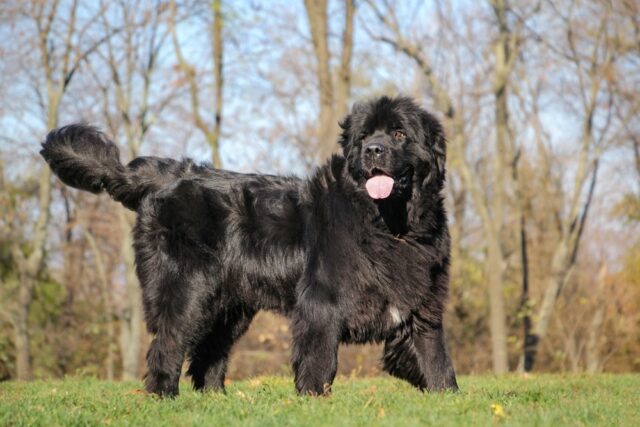
3. Saint Bernard
The Saint Bernard is a large, gentle dog breed known for its friendly nature and history as a rescue dog in the Swiss Alps. However, their large size and certain genetic predispositions make them susceptible to a number of health problems that can result in significant veterinary bills. Saint Bernards are particularly susceptible to hip and elbow dysplasia, which can require expensive surgery or long-term treatment with medication and physical therapy. They are also at risk for bloat, a condition that requires emergency surgery and can be fatal if not treated promptly. Additionally, Saint Bernards are susceptible to eye problems such as entropion and ectropion, which may require surgery to treat. The combination of these health problems, coupled with their large size and short lifespan, makes the Saint Bernard a breed with potentially high medical costs.
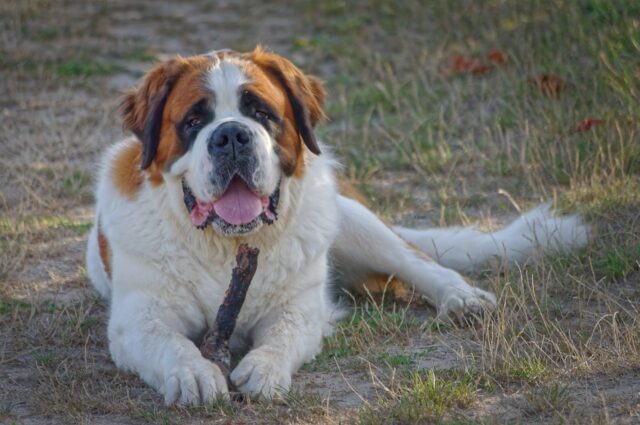
2. Irish Wolfhound
The Irish Wolfhound is the tallest of all dog breeds, known for its gentle and noble nature. However, with their impressive size, they also have a range of health problems that can lead to high veterinary costs. Irish Wolfhounds are particularly susceptible to bone cancer, which often requires amputation, and chemotherapy, both of which are expensive treatments. They are also susceptible to heart conditions, such as dilated cardiomyopathy, which can lead to heart failure and require constant treatment and monitoring. Hip dysplasia and bloat are also common in the breed, both of which can lead to expensive surgeries and long-term care. The combination of these health problems, coupled with their large size and short lifespan, makes the Irish Wolfhound a breed with potentially high medical costs.
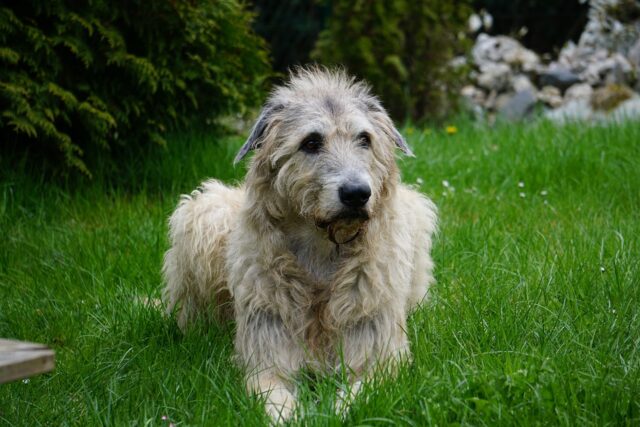
1. Tibetan Mastiff
The Tibetan Mastiff is a large, sturdy dog known for its impressive guarding abilities and thick, luxurious coat. However, the breed is also prone to a number of health problems that can result in significant veterinary bills. Tibetan Mastiffs are particularly susceptible to hip and elbow dysplasia, conditions that can require expensive surgery or long-term medication and physical therapy. They are also susceptible to hypothyroidism, a condition that requires lifelong medication and regular blood tests to manage. Additionally, Tibetan Mastiffs are at risk for eye problems, such as ectropion and ectropion, which may require surgery to treat. The combination of these health problems, combined with their large size and unique build, makes Tibetan Mastiffs a costly breed to care for.
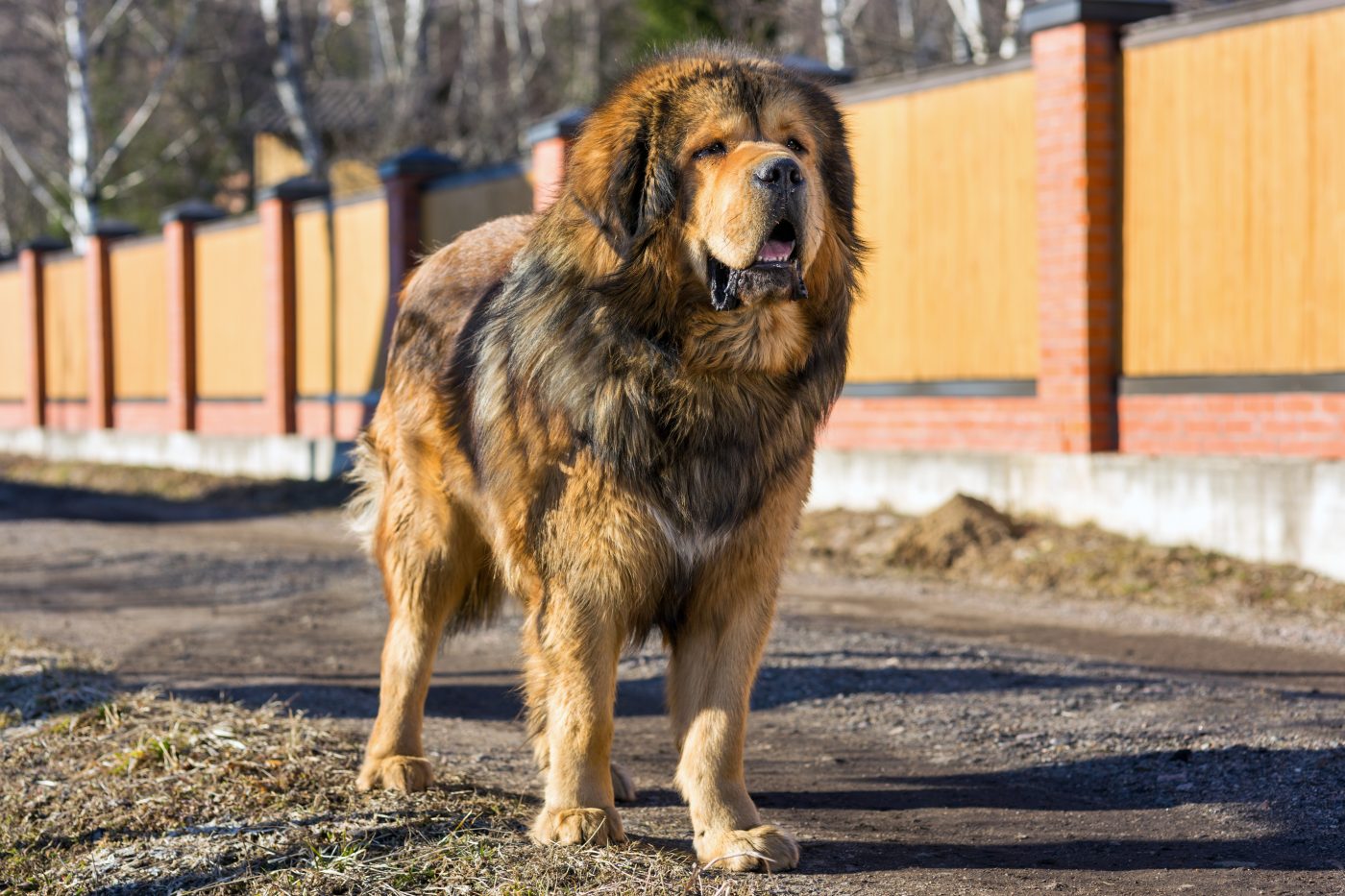
In summary, owning any of these 11 dog breeds can come with the potential for high veterinary bills due to their susceptibility to certain health problems. Potential owners should be aware of these risks and consider the potential costs associated with caring for these breeds. Regular veterinary checkups, proper diet, exercise, and preventative care can help mitigate some of these risks, but it is important to be prepared for the financial responsibilities that come with owning a breed that is prone to health problems. For those willing to invest the time, effort, and resources, these breeds can provide tremendous love, loyalty, and companionship.
